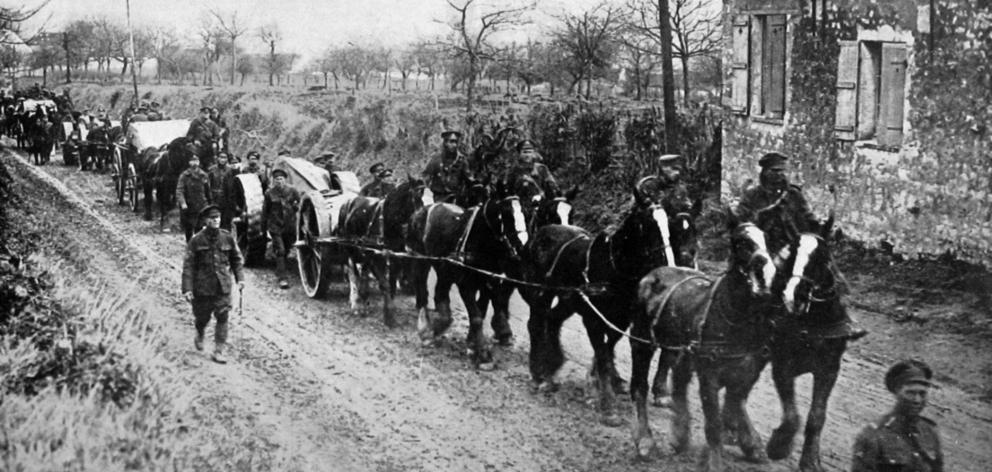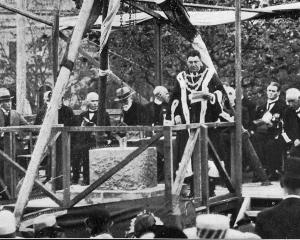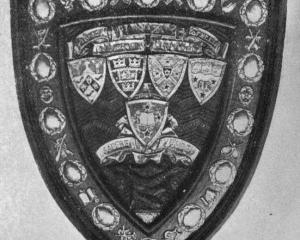
A conference was held with representatives of the Otago Motor Association, when the whole question was very fully discussed. The committee will now recommend that the speed limit of motor cars and cycles between Rattray street and Stafford street be restricted to four miles an hour, making the maximum speed to harmonise with the speed at the intersections of streets and when passing on the near side of a tramcar that is stopped for the purpose of taking up or setting down passengers.
Reconstructive surgery
Some interesting details of wonderful surgical work performed at military hospitals are given in a letter received recently from Mrs Parkes, a doctor (states the Auckland Herald). She refers specially to the face-building work carried on by modern surgical methods. Sometimes half the soldier’s face is blown away, and has to be replaced with flesh from another portion of the body, while bone is taken from the leg to form a new jaw-bone.
The nose is grafted on roughly at first until new flesh grows to the part, and then, operated on until the contour of the cheek and shape of the nose are obtained. Skin is then taken from another part of the body and grafted on, so that the new face is complete, but for one thing — the power of movement. It is here that a New Zealand surgeon, Gillies, devised a way. He conceived the idea of cutting into the nerves controlling the movement of the forehead, only partly severing about half of them, and then attaching them to the jaw, which was finally covered with skin. This was most successful, and one could hardly notice the difference between the artificially built-up side of the face and the untouched side.
Church fracas
Peace meetings which have been held weekly in the Congregational Church at Orange (New South Wales), by the Rev. T. B. Roseby, pastor, came to a climax recently when the meeting was broken up by returned soldiers, and Mr Roseby was dragged from the pulpit.
It had been noticed that at previous meetings Mr Roseby left the church during the singing of the National Anthem by loyalists present. Mr Roseby was now invited, but declined, to join in the singing of the National Anthem. Immediately on his refusal a number of returned soldiers rushed up the church, and, forcing their way through the palisading surrounding the pulpit, seized Mr Roseby, and dragged him from the pulpit railings, some of which were broken.
Some of his supporters came to his assistance, and a fight ensued in the pulpit and on the floor of the church.
The police eventually quelled the disturbance, but the fighting was continued outside until the police dispersed the crowd. The church was crowded, mainly with loyalists, who had attended to show their disapproval of sentiments expressed by Mr Roseby, at his meetings. When the row commenced there was a rush for exits, which became jammed. There was much screaming and shouting. Fortunately no-one was hurt. — ODT, 24.6.1918.
• COPIES OF PICTURE AVAILABLE FROM ODT FRONT OFFICE, LOWER STUART ST, OR WWW.OTAGOIMAGES.CO.NZ
Comments
Those were the days when a vehicle should have had a proper licence because the streets and roads were designated for horses and bullocks, not like the sham of car licences that we have today.












